|
This post is a reflection on a text I received yesterday from a wonderful couple we met last Fall. They were looking at getting a puppy from a breeder and wondered if I had heard of this breeder (who we'll call "Sandy" for the purposes of this blog) and if we knew anything about her. I first met this couple November of 2019, when they were considering a puppy from our Lemaitre Litter. They really wanted an adult male pug, however, to fill the loss of their senior pug who had just passed away. They only considered a puppy because they weren't finding an adult, but they really wanted a male as that is what they have always owned and loved. Unfortunately, we only had a female puppy available for them so they decided they really wanted to hold out for a male. 4 months later, they found an available male puppy (not adult), but a male at least, from "Sandy" and wanted to know if I had heard of this breeder. The name didn't ring a bell and she was not in any of the pug groups, or on any of the pug chat groups online. (Pug people know pug people. Whether in Spain, Ireland, Australia, Alabama, Norway, Michigan, or California … serious pug folks eventually cross paths via the internet or in person.) After snooping around, I found out that "Sandy" had never owned pugs before, and actually bred 2 different breeds, but never pugs. I saw that "Sandy" had one mutual friend on Facebook .... an amazing, reputable, honorable pug breeder and real life friend. I contacted this friend and found out that "Sandy" had recently purchased 2 female show quality pugs from her ….. and now, my friend really regretted having sold "Sandy" the pugs. It turns out, "Sandy" had promised to show the pugs, and didn’t. And, surprise, it turns out that "Sandy's" mother just happens to own an unaltered male pug and “oops” the pugs got pregnant....with their 1st heat! This means, of course that there were no OFA tests for hips etc. (which have to be done at age 2), no championships, no studying of pedigrees and genetic planning, no health tests and on and on. Yet, "Sandy" is selling the puppies …. all 8 of them …. (at $1,800 a pup), making a profit. "Sandy" can make a profit because she is not paying membership dues to pug organizations such as the Pug Dog Club of America, not paying for health testing for things like Pug Dog Encephalitis (does she even know what this is? Probably not, because "Sandy" has never owned pugs, has not attended workshops and researched the breed, is not a member of an organization that helps educate her), or Myelopathy (how would she know if the mother has hip issues, since you can't do the OFA testing until the pug is 2 years old … and on and on. "Sandy" is also saving tons of money by not bothering to prove the dog's worthiness in conformation by participating in dog shows. Sandy doesn't Show A serious, reputable breeder shows the dogs in dog shows, which allows them to evaluate their dogs against the standard for the breed, and also against other dogs, to be sure that the dogs they have are good representatives of their breed. A reputable breeder spends thousands and thousands of dollars to earn a championship just for one dog. Competing in dog shows requires the costs of traveling out of state, hotel stays, show entries themselves (hundreds of dollars per show cluster per dog), not to mention the maintenance, top quality nutrition, supplements, grooming and supplies necessary to keep a show dog in top shape. Sometimes it requires paying a professional handler to show the dog and always it requires hours of training and time. How does a dog become a champion? To become a "champion", a dog must win a certain number of points, which it can earn from different dog show competitions. After it gains at least 15 points from 3 different judges and gains at least to "major wins" from separate judges (beating out enough other pugs in a given show), it then becomes a champion offering the privilege of attaching the prefix "ch" to its name. So, typically, a dog will attend numerous dog shows over a period of a months or a year … on most weekends. So, if it's so expensive, why should "Sandy" worry about dog shows? Why should she worry about championships if she can make money and breed puppies without worrying about this? Earning a championship demonstrates that there were numerous, experienced, unbiased experts (judges) who felt a given dog was a good representation of the breed. These experts felt this dog would be worthy to be bred and would make a contribution to the breed moving forward in the future. These experts also see the top representations of the breed across the country (and sometimes across the world) and they know what to look for. While they do have their own, individual interpretation of the breed standard, they are not "blinded" by the love of their dog and do not have tunnel vision. They help prevent "kennel blindness" which would cause a breeder to overlook very important faults or issues such as improper structure. Sometimes, an exception is made for certain dogs who will contribute to the future of a breeding program but, due to something like an injury or a fear of shows (sometimes dogs can become afraid at shows because of a larger dog barking and lunging at them or other negative experience) in which case at least one of the parents should be a champion, or should have received important wins such as "Winners Bitch" or "Best of Winners" or "Best of Breed" or "Best of Opposite Sex." Dog shows keep breeders honest. A good breeder knows the faults of their dogs. (No dog is perfect). A good breeder is constantly striving to improve upon these faults. It might be small, like needing a bit longer ear, or darker ear, or a higher tail set. It might be needing to address a small aspect of structure, like perhaps needing more angulation in rear. A good breeder is honest with his or herself, and with others. If you only see your own dogs, and always stay "in your backyard", you will stop noticing these faults, or stop noticing ways your line could be improved upon, and your standards can easily slip down the drain. sAndy doesn't Accrue knowledge of the breed A big difference between a backyard breeder and reputable breeders? What do they do in their free time? The serious breeder spends time looking at stud dogs, probably for years before a breeding, and certainly for many months; attends shows and watches videos of shows or performance events that are too far away; examines pedigrees; does breed-recommended health tests on the dog to be bred and inquires about the results for stud dogs under consideration; seeks out other offspring of the stud dogs under consideration, along with any siblings and nieces or nephews, especially those who might be related to the female to be bred, to assess how well the two dogs might produce. The backyard breeder either uses another dog in the household or looks around locally to find a dog of the same breed. Just like "Sandy" did. Sadly, while "Sandy" will make a nice profit because she has literally not paid a penny toward anything that would help provide some "insurance" that she will be improving the breed with this breeding, the future puppy owners of "Sandy's" puppies will likely end up losing a lot of money, just as my husband and I have over the years when we owned pugs bred by "less than reputable breeders". SaNdy Never leaves the backyard. (Figuratively speaking). Backyard breeders . . . .
My husband and I have learned the hard way about the ramifications of owning pugs purchased from less than reputable breeders. We used to think that “just being AKC registered” meant you had a quality pug. We would find a listing in the classifieds, drive out to the country, usually to a manufactured home, (except for one time when we met in a parking lot … meeting the breeder halfway in Memphis. A huge mistake. This pug, Louis Armstrong, ended up being one of my dearest heart dogs but his 13 years of life were filled with major drugs and horrible seizures, which started around age 3. Perhaps if the breeder had been more knowledgeable and done more health testing, these seizures could have been prevented.) As time progressed, and our one pug eventually turned into a grumble of 3 pugs, we often wondered why our "AKC pugs" didn't look like those pugs in the Pug Talk magazine, but more like the pugs we rescued from shelters. For example, here is one of our rescue pugs (who was originally purchased by a young couple from “a neighbor who bred pugs”) and rehomed to us at age 2 when they had a human child who had allergies. Sebastian needed a playmate at the time so we were happy to adopt Charlie.
Meanwhile, notice how straight and strong the front legs are of our Champion Macintosh's father, "Trouble", Champion Hill Country's Lovin' Every Minute of It? And Macintosh took after his father. He is solid and strong, with a gorgeous front. We drove all the way to Texas to use Trouble as a stud which involved incredible expense from hotel stays, progesterone tests at vet, AI at vet, and on and on. Not to mention the stud fee. We searched a long time to find the perfect sire … who was health tested, and had been proven to be a worthy representation of the breed by being chosen as a champion by numerous, qualified, experienced AKC judges, and eventually receiving his own championships. We didn't just use a "family member's pug" as "Sandy" did. Another example is our current companion pet (not in the breeding program), Sebastian, who we rescued from a backyard breeder (and her dogs literally lived outside, in her backyard, year round, in dog houses …. whether it was 30 or 90 degrees outside). Sebastian has had 2 soft palette surgeries, nares widened, and on and on, due to his poor conformation. Notice how his back legs are all over the place, spindly and thin, and not straight? In this video, he is much younger, hiking with our other rescues Lexi and Jerry, when he could still get around easily. When we rescued Sebastian, we just happened to snap some photos of his parents (who were in the fenced backyard.) Notice how weak his father's legs are (the black pug). The mother was the fawn pug on the left, with the light ears. Meanwhile, notice how solid and strong our purposefully bred Champion, Miss Dior's legs are. Here is Miss Dior's father, Grand Champion Mianda's Prince Charming at Vanity. We purposefully sought him out, travelling to St Louis (2 different expensive and lengthy trips) for this breeding. We wanted to improve the coat (her coat is plush, and soft), bone, and other important things. Here is Prince, Miss Dior's father: It’s no surprise who is aging better. Miss Dior's incredible bone (and Prince's) will help them age well, but poor Sebastian, age 8 now, hobbles and is really having a difficult time walking. He's not only taking the glucosamine supplements Charlie is on, but also special meds the Holistic Vet offered as well as pain meds (gabapentin). And he can't even go for a friendly walk down the street now.
So, we've learned the hard way, that pretty much any breeder can "register" a puppy. They can lie and say "Bubba" was the dad and "Bubbette" was the mom, but in reality, it could have been an oopsie and they're not sure who the parents are. So, while registering a dog with AKC is important, it is not the final word. Granted, even when we breed 2 amazing, health-tested, champion pugs, we can end up with a pup who has lots of personality, but definitely "won't make it Westminster". Despite the best of our intentions, Mother Nature has a macabre sense of humor and likes to contribute to our endeavors. (Have you ever known incredibly handsome, model-like humans, who have the ugliest child you've ever seen? Yep, it happens with pugs, too.) And, it's also true that these pugs are "so ugly they're cute" and we love them with our whole hearts even more because of their idiosyncrasies. However, when breeders start "cheating" and choose breeding stock with weak ankles, hips, poor conformation to begin with, that's when Mother Nature really feasts on human stupidity or greed, and breeders end up with pups who might die tragically of PDE at just a few months old, just when life is starting (because they failed to do the PDE testing, and bred an N/S to N/S or S/S pug), o a pug who needs multiple patella surgeries or expensive eye drops, or seizure medication for the entirety of their life. However, if the goal is always improvement ... breeders would make better choices. It took my husband and I a long time (30 years ….. and we are still learning) what constitutes a healthy, strong, wonderful representation of a pug. And we're constantly continuing to learn. It will be a lifelong endeavor. (The Pug Dog Club of America JUST published a NEW standard illustration of the pug!) Breeders like "Sandy" who truly have little experience of knowledge with pugs, most likely will not take the time to study pedigrees and make good genetic matches. "Sandy's" female pugs produced puppies that were accidentally bred. It honestly could have been an accident. "Oopsies" even happen with the best of the most reputable breeders around, despite heroic efforts. If so, the act of her newly purchased female show puppies, mating with her mother's intact male pug, is not unethical. However, once "Sandy" charged money for the puppies, that is when it becomes unethical behavior. And, if "Sandy" continues to breed these pugs and there are more "oopsies" …. well. SanDy doesn't Disclose If a breeder is hesitant to allow you to visit, and you are not able to see the puppy's parents (or at least one parent if the sire does not live with them, and at least view lots of photographs), walk away. A responsible breeder would be willing to allow you to meet the parents of your future puppy. A responsible breeder would be able to tell you about the parents' personalities, and about their lineage. Bear in mind, that NO breeder will allow guests onto their premises (or they should not at least) when pups are at a very young age. I've heard of breeders who lost all of their dogs from Parvo which was brought to their home from visitors. It is a tragic horrid way to lose a dog, yet alone your entire family of dogs. But, young puppies aside, if a breeder doesn't allow you to visit, walk away. It is vital to see where the puppies are being raised. It is helpful to see how the breeder is socializing and training the puppy, so that you will be able to continue with the work once the puppy moves to your home. If a breeder doesn't ask you questions, walk away. For a responsible breeder, these puppies are like their children. They want to make sure they are going to the best home possible. The breeder should ask you about your knowledge of the breed, raising puppies, and what your home life is like. Don't feel uncomfortable with the vast amount of questions. They are just trying to keep everyone's best interest in mind. If there is no disclosure of health tests performed on the puppy's parents, walk away. Every breed has different health tests that NEED to be done before a dog is bred. Hips, heart, spine, eyes, blood tests for PDE, PK, etc. Ask for the results of the health tests. If the contract does not state that "if you are unable to care for the puppy, the puppy must come back to the breeder", walk away. A responsible breeder will never allow one of their puppies to end up in a shelter/rescue. Indeed, if every breeder was a RESPONSIBLE breeder, shelters wouldn’t be overflowing. A responsible breeder will demand to have the dog returned to them if you are no longer able to care for your dog. Additionally, a responsible breeder may ask you to sign a contract indicating that if you fail to meet specified conditions of care, or you become unable to keep the puppy, the breeder will reclaim it. The breeder should be friendly and willing to establish a good rapport with you. (from the AKC website): "A good breeder will be an excellent resource and breed mentor for you throughout the life of your puppy, and encourage you to call if your dog has a crisis at any stage of its life." SandY has lots of Youngins Another warning sign of a "backyard breeder"? A breeder who breeds several types of dogs. The purpose of a responsible breeder is to better the breed. How are they able to do that if they are focusing on 4 or 5 different breeds? Bettering the breed is a very complicated process. When pairing dogs to breed, the breeder should take into account what traits the parents have and how that will affect their offspring. No one has seen Sandy in the pug rings at dog shows, or at workshops, or on chat rooms on facebook. How is Sandy to learn if she's not an active member in pug clubs and groups? Responsible breeders are truly passionate about their breed and are always trying to learn more. There's simply not enough time to truly stay educated and up to date on multiple breeds. But that's probably ok with Sandy, because she can use that time to make sure she always has puppies available. A backyard breeder has a goal of making a lot of money as quickly as possible and will always have puppies available. Responsible breeders breed a few females at a time because it is a complicated and time-consuming process if done correctly, rather than simply a moneymaking opportunity. In order to have healthy puppies. a knowledgeable breeder allows a female to have a limited number of litters in a lifetime rather than giving birth to numerous litters each year. And, speaking of youngins, a backyard breeder homes the pups at a young age. With pugs, to ensure a puppy has thee best health possible, an expert breeder keeps the puppy with its mother and littermates for a minimum of 10 weeks. 8 weeks at the absolute earliest, but behavior vets recommended 10 weeks at the earliest. A backyard breeder, however, wants to sell a puppy at a younger age so that they can breed the adult female again as quickly as possible. The "Sandy's" are probably not going to follow Puppy Culture protocol, either, with regard to socialization and important training during the critical socialization period. They are probably not concerned that the puppy will be "underdeveloped" emotionally and psychologically. That is not important. The goal is to sell, and the younger and cuter they are, the better. Yes, new puppy owners are eager to get their puppy, but it's important to realize that the pup will be scarred both physically, emotionally, and psychologically if removed from its mother and littermates too early. If you ever wondered why a particular Fido from your past was so neurotic, it could simply be that he or she was sold too soon. 8 weeks is much to early for most small breeds. So, in summary, dogs don't necessarily have to "live in the backyard" to qualify a breeder as a "backyard breeder". Rather, for me, the term reflects more about the lack of looking beyond their small circle of pugs, and limited knowledge base. There is a large spectrum of "backyard breeders", ranging from those who want to breed their pet "Fluffy" because she's so cute, to those who "want their child to experience the miracle of birth", to those who think "how neat it would be to breed a pug with my neighbor's poodle", to those who do health tests but don't do temperament test, to those who socialize but breed horrible quality dogs because the dog is "their beloved pet", but a breeder should be able to articulate how the expert opinions of others (health testing, titling, breed club's code of ethics etc) fed into their decisions and why they felt a particular breeding was done a particular way in an effort to provide the best chance of making the best dogs. And a few final thoughts, from the AKC website: *Prospective puppy buyers desiring to purchase a purebred dog from a responsible, reputable breeder, should be able to visit the breeder's home or kennel and see at least one of the puppy's parents. While there, they should "pay attention to the parent's temperament and appearance so that you get a sense of what your puppy may be like. Also, observe the premises. Is the house/kennel clean? Dogs and puppies should be clean, well fed, lively, and friendly. Look for signs of malnutrition (like protruding rib cages) or such signs of illness as runny nose and eyes, coughing, lethargy, and sores." *While there, interact with the puppies and dogs. "Does the breeder appear to genuinely care for them?" The puppies should not shy away from the breeder and should be outgoing with strangers." *Does the breeder care about the health of the puppy and its parents? The breeder "should be informative and honest about a breed's physical and temperamental traits. And they should speak knowledgeable about genetic diseases that might affect their breed." *The breeder should not allow you to bring home the puppy until it's 8-12 weeks old (depending upon the breed). Puppies need ample time to mature and socialize with their mother and littermates. *Breeders should be willing to answer any questions you have, and they should ask many of you as well. Breeders will want to make sure their puppies are going to good homes, with people who know what to expect and have made all the necessary preparations. Hopefully, "Sandy" will eventually join the pug groups and learn more about the pug breed before breeding in the future. Hopefully, "Sandy" will complete important health tests when her girls turn 2 years of age. Hopefully, "Sandy", will research, attend workshops and shows, and find the best matches for her females before breeding again ... after and if, of course, the girls pass their health tests and earn their championship or at least several major wins. Hopefully, "Sandy" learned her lesson and will be more careful heading forward to prevent future "oopsies". Still, you have to wonder, "why did she purchase TWO female show pugs?"
0 Comments
Leave a Reply. |
AuthorAmy - Concert pianist, composer, lecturer, teacher, adjudicator, pug lover, dog trainer, soap and candle maker, PawTree Pet Pro, and co-owner Pickwick Pugs along with her husband, Dr. Jeff McLelland who is a concert organist, music director. Archives
April 2024
Categories |
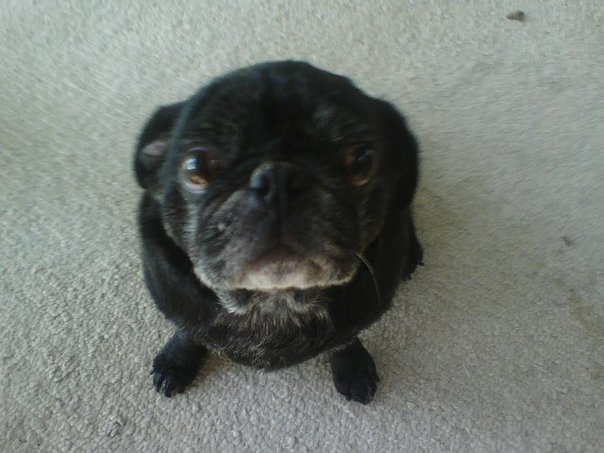
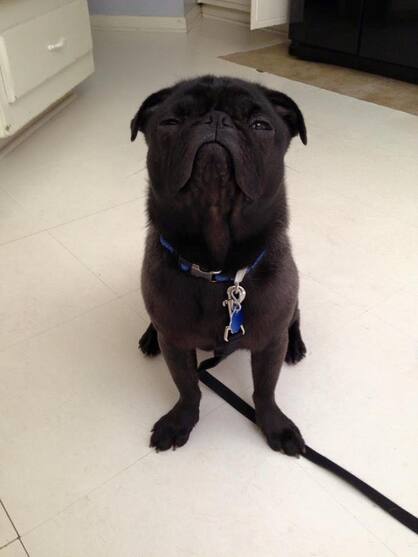
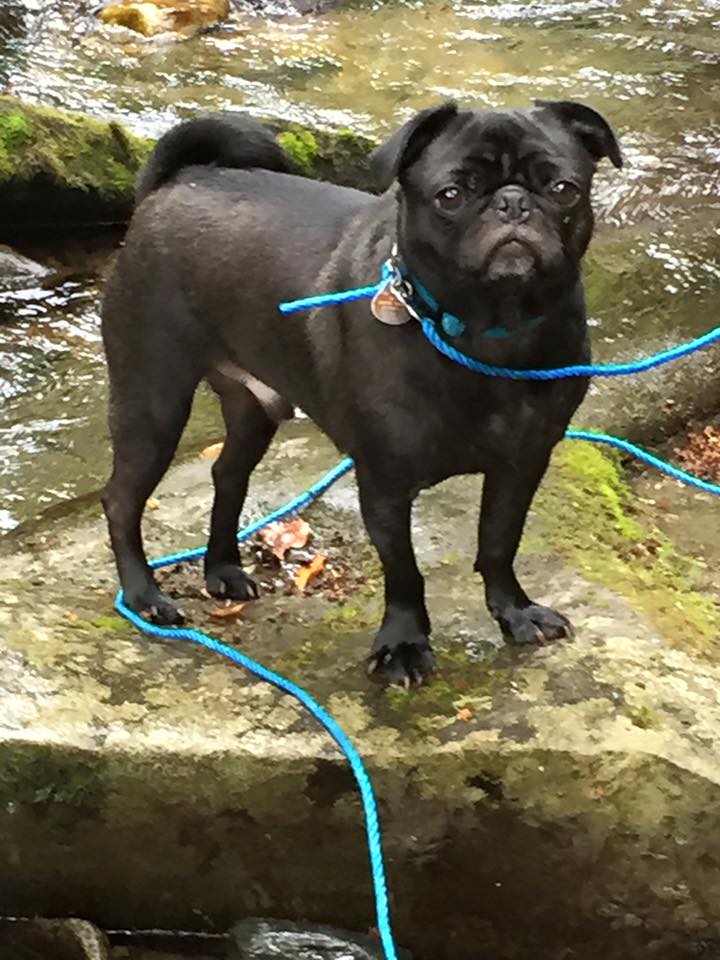
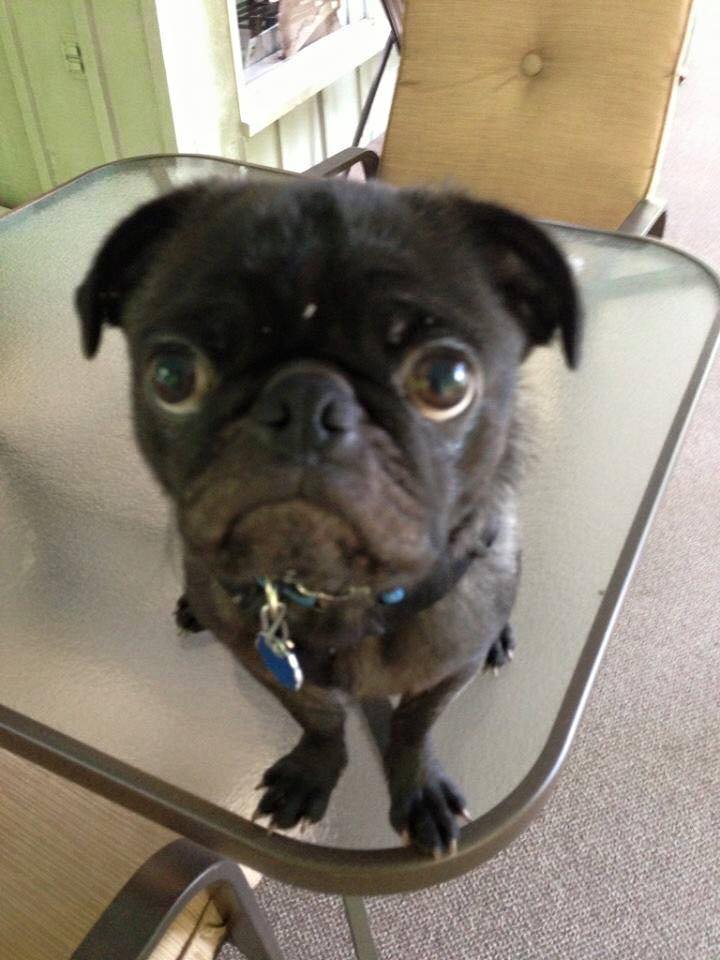
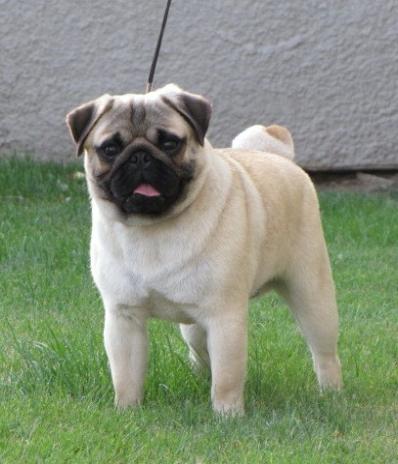
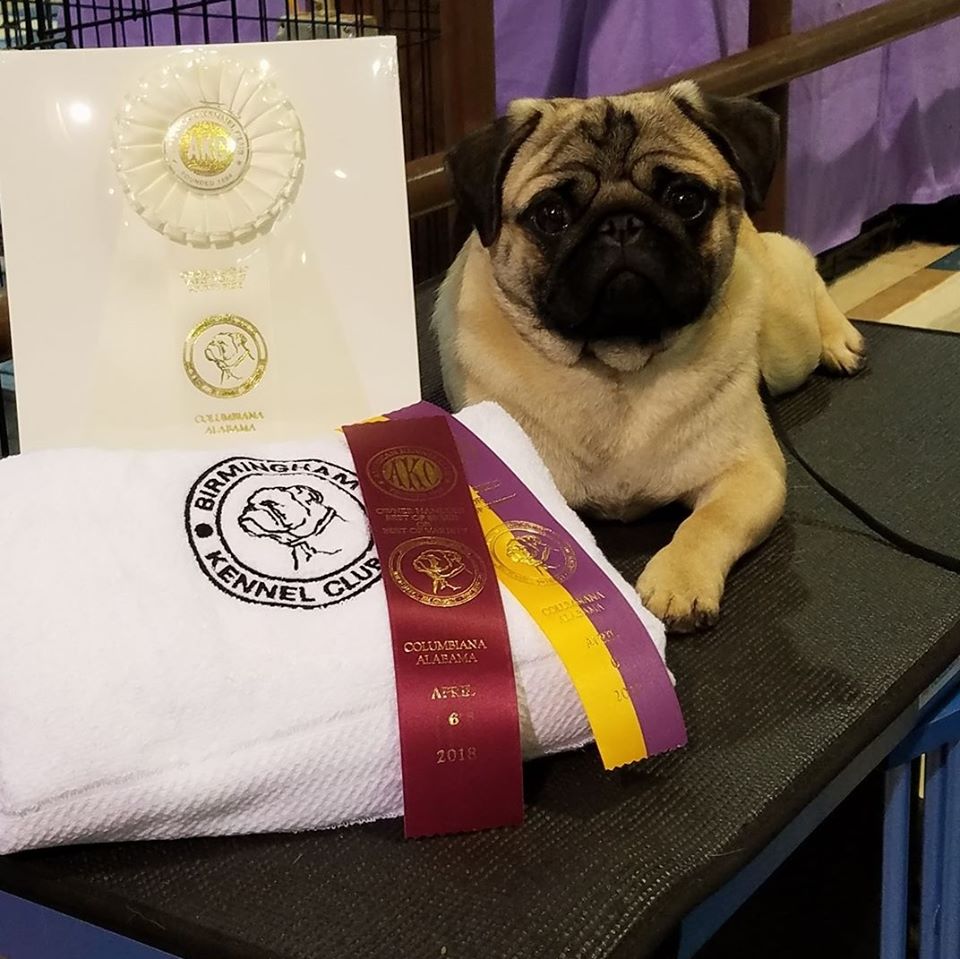
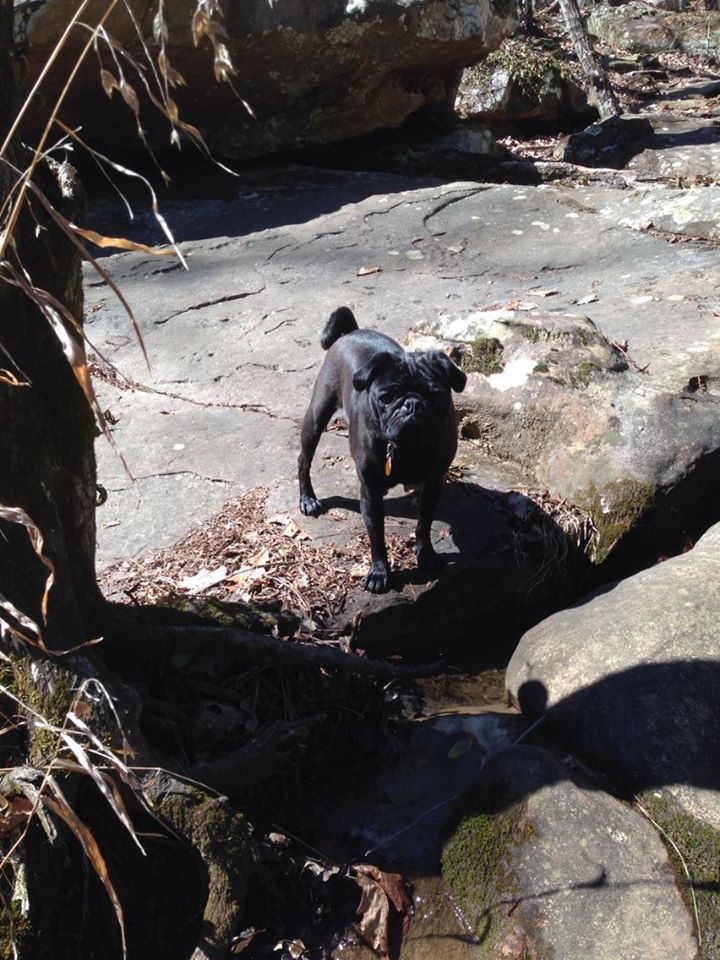
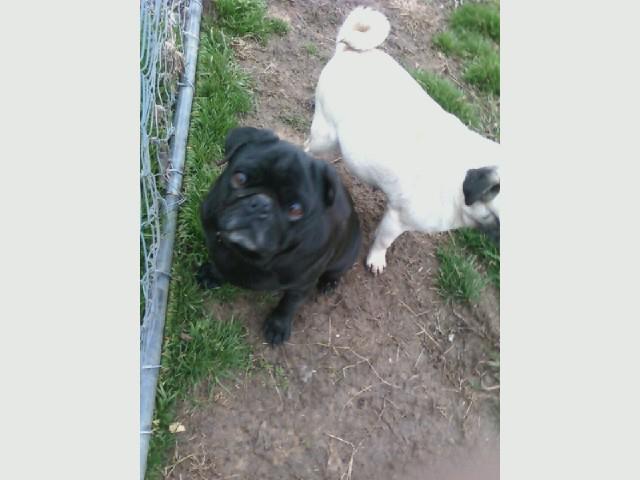
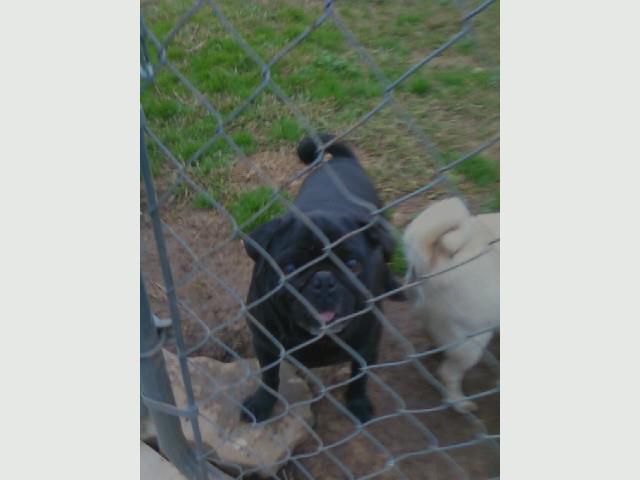
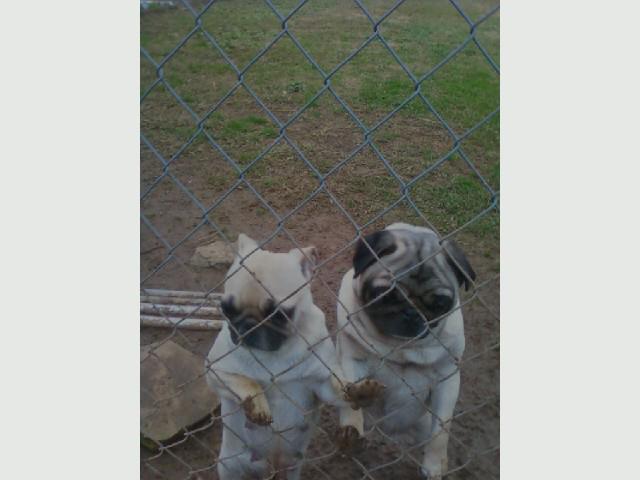
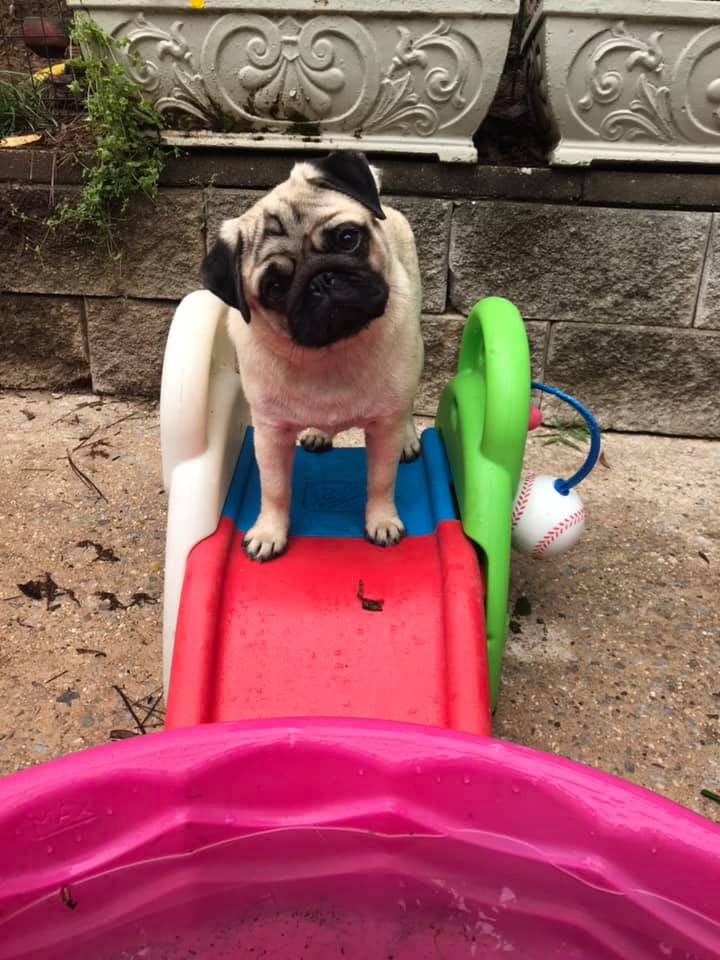
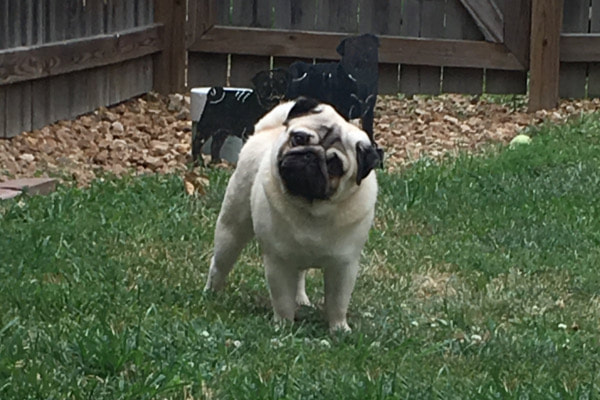
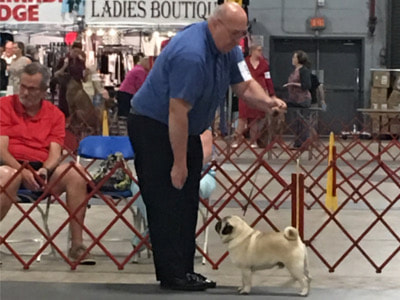
 RSS Feed
RSS Feed